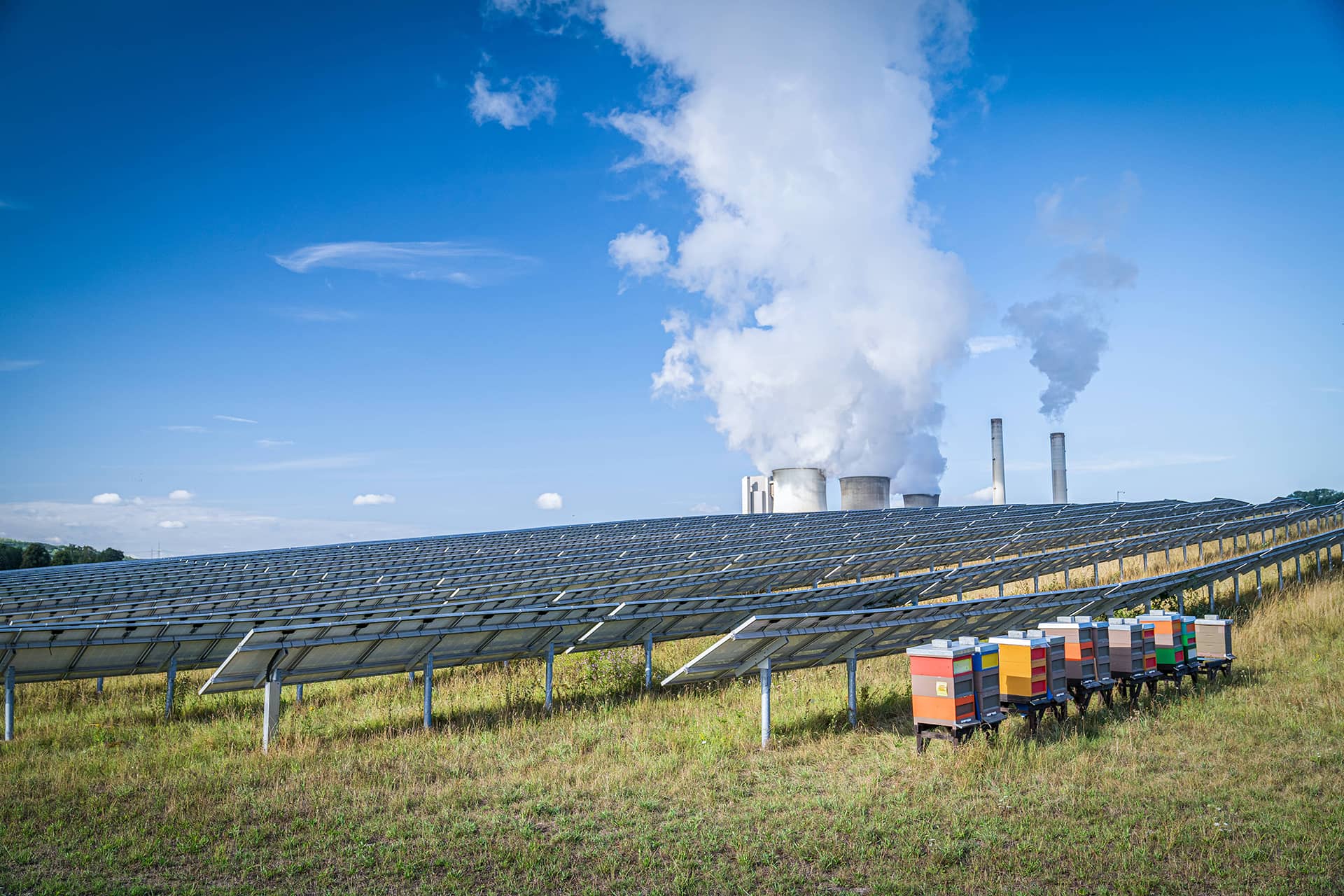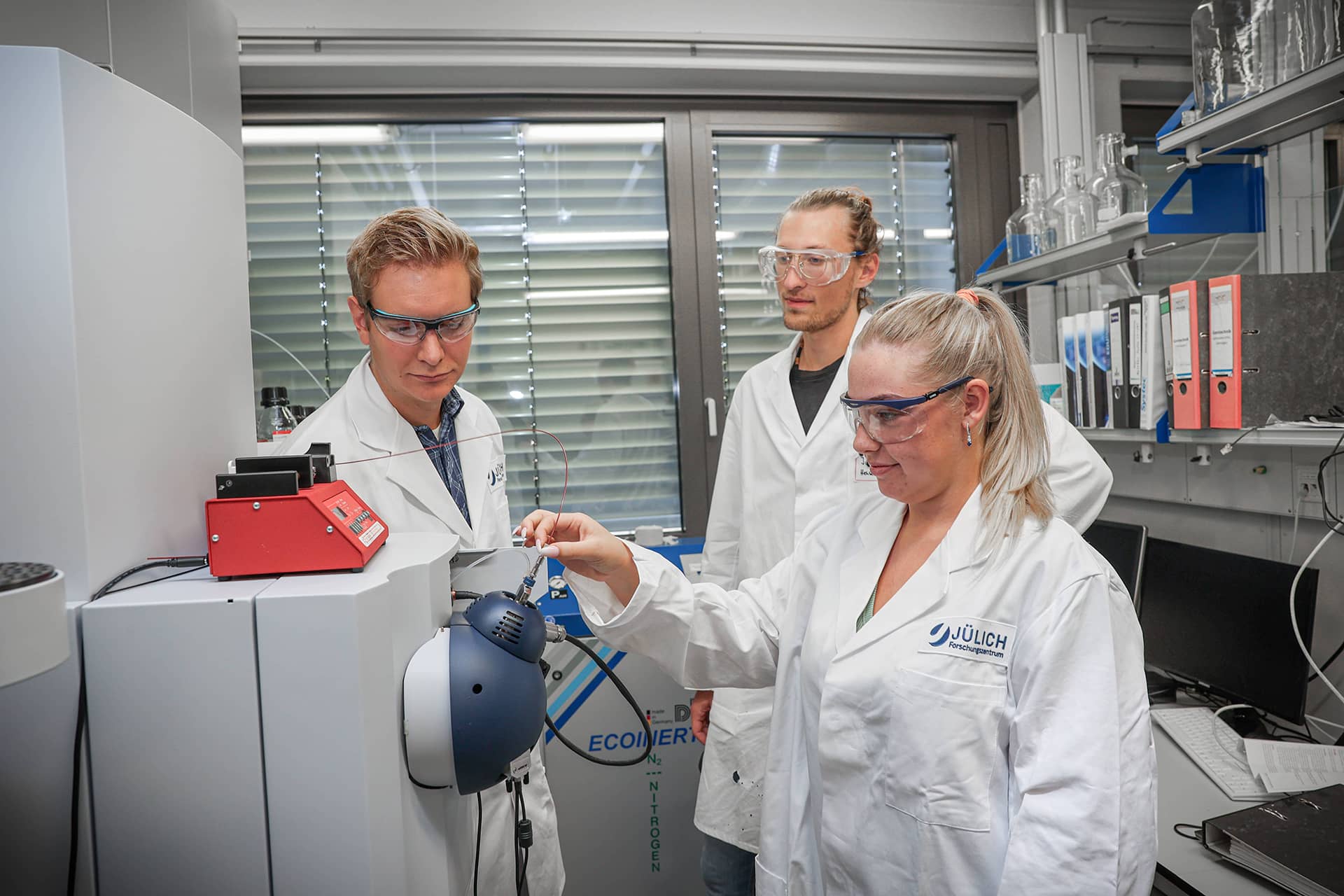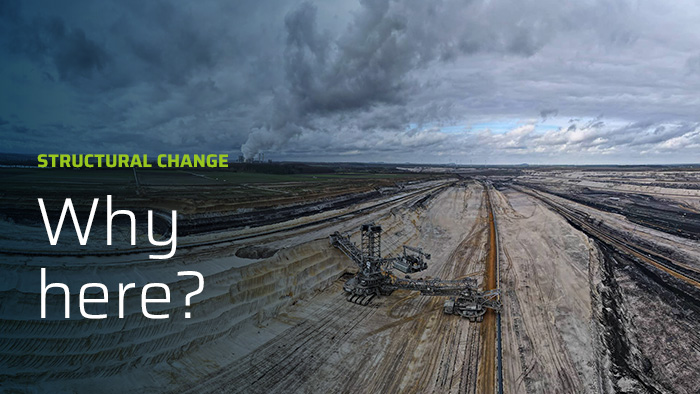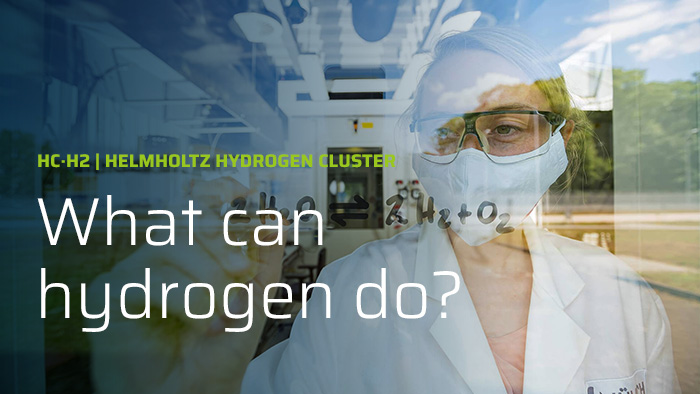The Helmholtz Cluster for a Sustainable and Infrastructure-Compatible Hydrogen Economy (HC-H2) has two major objectives: Firstly, we aim to make a contribution in the fight against climate change. We want to show just how important hydrogen can be in everyday use as a carbon-neutral energy carrier so that the world can stop burning fossil fuels such as coal, oil, and gas.
Secondly, we want to be an important part of the solution for structural change in the Rhenish mining area. Structural change is already underway, as companies in the region have started reducing their generation of electricity from lignite. This means that jobs in the lignite industry will start to disappear. New jobs must therefore be created. Such jobs are now being established in cooperation with our partners in business, industry, and science, including in our cluster in the Rhenish mining area.
There’s still a way to go to reach our goals. Today, hydrogen is typically supplied in one of two states: either as a gas compressed at high pressure (up to 700 bar) or as a cryogenic liquid (approx. -250 degrees Celsius). This is where the Helmholtz Cluster for a Sustainable and Infrastructure-Compatible Hydrogen Economy (HC-H2) comes in. The aim in Jülich and the Rhenish mining area is to conduct basic research in order to demonstrate storage methods to the world that will help make hydrogen an everyday energy carrier or fuel that can be made available without the need for high pressure or very low temperatures.
HC-H2 is therefore planning demonstration projects which show that the research results work in practice and on a large scale. The basic research is conducted by the Institute for a Sustainable Hydrogen Economy (INW) at Forschungszentrum Jülich. A hydrogen demonstration region is being created around INW in collaboration with partners in business, industry, and research. It is important that existing infrastructure such as pipelines, filling stations, and tanks continue to be used.
By focusing on the topic of infrastructure compatibility, we are aiming to speed up implementation. In most cases, the creation of new infrastructure is more time-consuming that the development of the technology itself. If, with our new technologies, we succeed in being able to handle green hydrogen in existing gas pipelines, but especially in existing infrastructure for liquid energy carriers (e.g. tankers, tank trucks, tank farms), where we no longer want to have any fossil mineral oil products in future, then we can significantly accelerate the energy transition not only here in North Rhine-Westphalia, but also in Europe and throughout the world.






